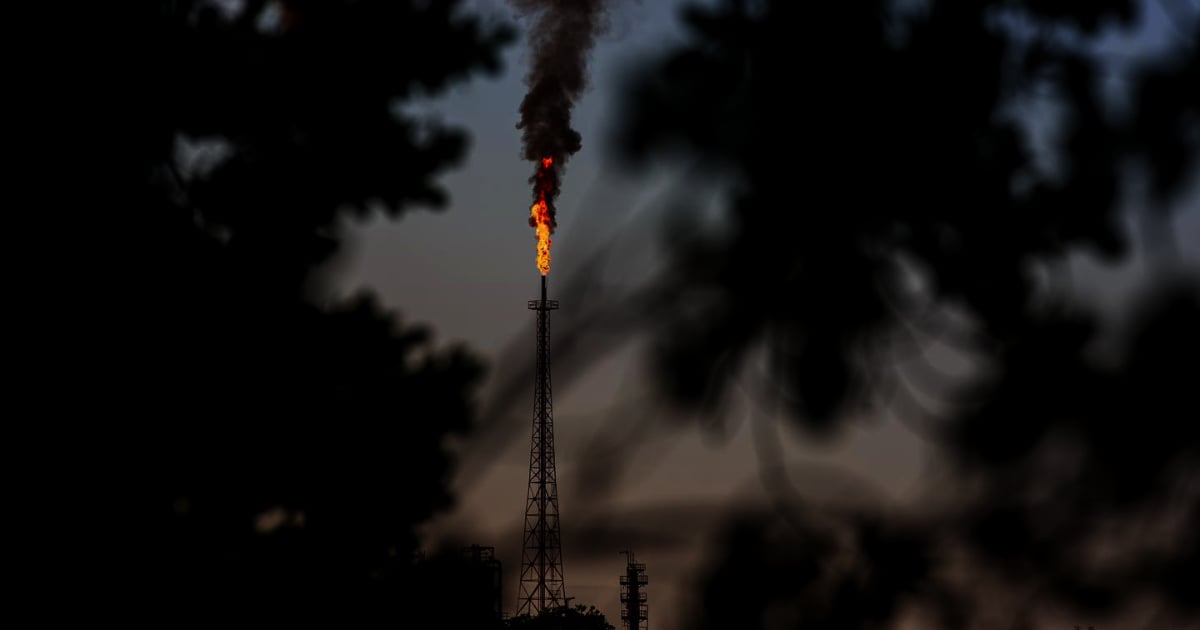
The Cuban national electrical system (SEN) is facing one of its worst crises, with an estimated deficit of 1,580 MW during peak hours this Friday, November 29.
The situation, exacerbated by breakdowns, fuel shortages, and damage caused by the recent Hurricane Rafael, puts the already weakened energy grid of the island in jeopardy and creates a scenario of widespread blackouts that, according to experts, could last for several days.
"It is estimated that during peak hours there will be a supply of 1,710 MW and a maximum demand of 3,200 MW, resulting in a deficit of 1,510 MW. Therefore, if the expected conditions persist, a shortfall of 1,580 MW is anticipated during this time," reported the Electric Union (UNE) in its daily update on social media.
The day before, the state company led by Alfredo López Valdés had estimated "impacts" of 1,390 MW, but on Friday it acknowledged— as is often the case— that the power outages reached 1,551 MW.
A system at its limit.
At 7:00 AM today, the availability of the SEN was 1,710 MW against a demand of 2,200 MW, resulting in over 480 MW being out of service.
However, the situation worsens as the day progresses, and by peak hours, the UNE estimates that demand will reach 3,200 MW, leaving a deficit of 1,510 MW and impacts close to 1,600 MW.
The situation is further complicated by the shutdown of key units, such as unit 5 at the Mariel thermal power plant and unit 2 at the Felton thermal power plant, in addition to the scheduled maintenance at other plants like Santa Cruz, Cienfuegos, and Renté.
These faults are compounded by limitations in thermal generation, which reach 427 MW, and a lack of fuel, which has taken 53 distributed generation plants out of service, reducing capacity by an additional 372 MW.
The recent passage of Hurricane Rafael has left its mark on the electrical system, affecting 13 MW in the province of Artemisa due to damage to the power lines. Although the UNE is working to restore the most affected areas, the reestablishment of service has been slow and sporadic.
Scheduled blackouts in Havana
In the capital, the Havana Electric Company issued a notice detailing today’s power outages. According to the statement, the blackouts will affect different time blocks:
- Blocks #3 and #4: From 10:00 a.m. to 3:00 p.m.
- Block #2: From 3:00 p.m. to 7:00 p.m.
- Block #1: From 6:00 p.m. to 10:00 p.m.
These outages are designed to rotate the impact during the energy emergency, but they have resulted in even more discontent among residents, who are reporting a lack of stability and organization in the announced schedules.
Outrage, desperation, and an uncertain future.
The energy crisis not only impacts the daily lives of Cubans, but it has also sparked a wave of criticism on social media and in the streets.
The recent approval of Decree 110, which regulates planned power outages of up to 72 hours under an "energy contingency regime," has intensified public discontent, fueling a climate of widespread dissatisfaction.
Users on social media describe the situation as "torture" and demand immediate solutions to a system they consider to be collapsed.
With widespread blackouts and a structural deficit in electricity generation, the UNE faces one of its most complex challenges in decades. While the government attempts to justify the crisis with external and climatic causes, the reality for Cubans translates into nights without power, wasted food, and an increasingly precarious quality of life.
The collapse of the electrical system not only reflects technical failures but also a model that is unable to meet the basic needs of the population, worsening the despair in a country that is, quite literally, unable to see the light at the end of the tunnel.
Filed under: